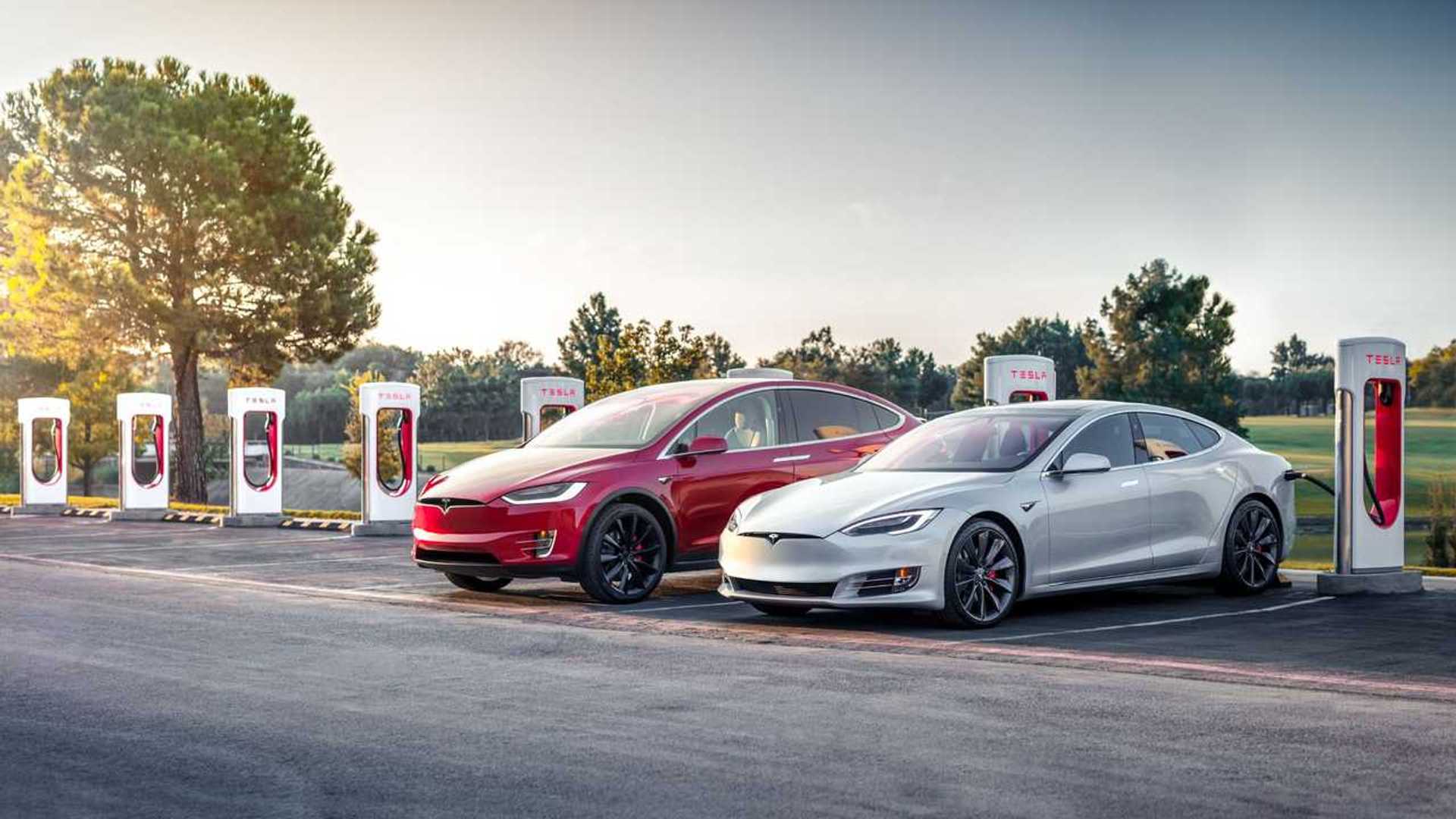
According to the U.S. Department of Energy (DOE) data, just over 2,200 Tesla Supercharger locations across the U.S. are equipped with nearly 25,000 charging stalls as of today. The Supercharger network is growing exponentially, not just in the U.S., but worldwide.
Non-Tesla drivers also have access to Superchargers now, but some users on X, the platform formerly known as Twitter, questioned how many of these are actually accessible to other EV owners given that the 25,000 number is a mix of V2, V3, and the latest V4 stalls.
Get Fully Charged
Your charging experience is on track to improve.
After Tesla opened its Superchargers to non-Tesla owners last year, dozens of automakers signed up to give their customers access to America’s most expansive and reliable charging network. Ford and Rivian owners were the first to gain access, and others will soon as well.
Rohan Patel, the vice president of public policy and business development at Tesla, set the record straight last week. He said that just over 16,000 dispensers are open to Ford and Rivian owners, who have been cleared to use Superchargers with an adapter that allows Tesla’s North American Charging Standard (NACS) connectors to plug into CCS1 ports.
Nearly every other major automaker in the U.S. will also provide their customers access to this network in the coming months.
Rivian is even running ads stating that R1T and R1S owners can now access 15,000+ Supercharger stalls with a NACS to CCS1 adapter. (Note that the rollout is still underway and not all Superchargers might be adapter-compatible right now, even for Ford and Rivian EV owners.) Patel added that roughly 11,000 stalls are only for Tesla customers, but they’re mostly V2 stalls.
“Older charging stations would require additional investment and technical work to open to non-Teslas. Much better to focus on rapid growth in new/better Superchargers and generally much larger stations with more stalls,” he said in the thread, indicating that non-Tesla drivers will only have access to V3 and V4 Superchargers, which are both faster and more efficient than the older versions.
When one X user asked if Tesla would accelerate investment in Level 2 chargers—which are slower than DC fast chargers but ideal for home or office applications—Patel said expanding Tesla’s L2 charger business for commercial, workplace, and multi-family use cases was a “major priority” for the automaker.
He also said that Tesla was adding multiple new charging stations every week, but the time-consuming utility interconnection process was a limiting factor.
Installing public DC fast chargers at such a massive scale isn’t as straightforward as it might seem. By utility interconnection, Patel meant that connecting these charging stations to the electrical grid operated by a utility company takes a long time.
Broadly speaking, several steps are involved in this process, including an application and approval that details the location, specifications, and other relevant data, a technical review, installation and commissioning, and monitoring and maintenance.
That said, the charging experience for thousands of non-Tesla EV users is on track to improve this year after dozens of carmakers agreed to adopt the NACS standard. In the short term, owners will have NACS to CCS1 adapters. From next year onwards, many EVs will have the NACS port built natively from the factory.
InsideEVs contributor Tom Moloughney was among the first drivers to test Ford’s NACS adapter early this month at a Tesla Supercharger, and his experience juicing up an F-150 Lightning was seamless. Charging Rivian EVs at Superchargers has also proven quite easy for early testers.
However, wider access to Superchargers is unlikely to be a magical remedy for charging—software and compatibility issues might arise in the future. Still, overall, this is a positive step forward.

